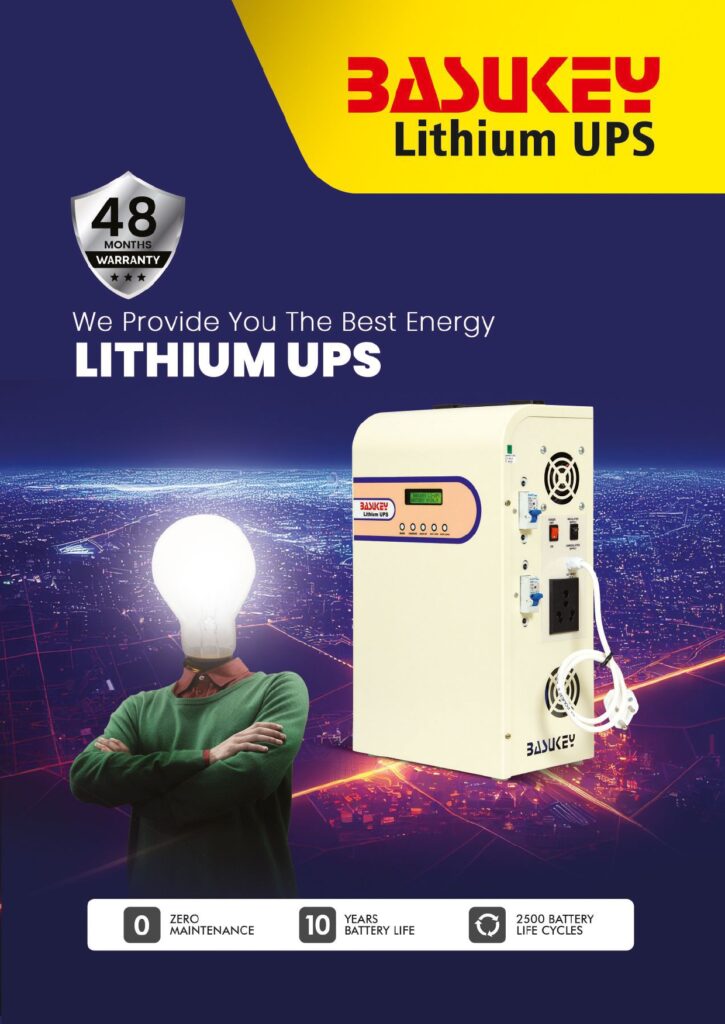Decentralized Power Systems: The New Paradigm for Electricity
Decentralized Power Systems: The New Paradigm for Electricity. The global energy landscape is undergoing a major transformation, shifting from traditional centralized power generation to decentralized systems. As renewable energy adoption accelerates and technology advances, decentralized power systems are emerging as a viable and resilient alternative to conventional electricity grids. This shift not only enhances energy security but also empowers communities, reduces transmission losses, and fosters sustainability.
What Are Decentralized Power Systems?
Decentralized power systems refer to energy generation, storage, and distribution models that operate independently or in coordination with the central grid. Unlike traditional centralized grids, where power is generated at large power plants and transmitted over long distances, decentralized systems produce electricity closer to the point of use.
These systems include:
- Microgrids – Small-scale, localized grids that can function independently or in conjunction with the main grid.
- Distributed Energy Resources (DERs) – Solar panels, wind turbines, biogas plants, and small hydroelectric units at homes, businesses, and communities.
- Peer-to-Peer (P2P) Energy Trading – Blockchain and smart grid technologies enabling direct energy transactions between users.
- Energy Storage Solutions – Battery systems that store excess power for later use, enhancing reliability.

Why Is Decentralization the Future of Electricity?
1. Energy Security & Resilience
Decentralized systems improve grid resilience by reducing dependency on a single power source. In the event of grid failures, natural disasters, or cyber attacks, microgrids and DERs can continue supplying electricity to local communities.
2. Efficiency & Reduced Transmission Losses
Traditional grids suffer from transmission losses due to long-distance power transport. By generating electricity near consumption points, decentralized systems minimize energy waste and improve efficiency.
3. Renewable Energy Integration
Decentralized systems facilitate the seamless integration of renewable energy sources like solar, wind, and hydro. Households and businesses can generate their own power, store it, and even sell excess electricity back to the grid or to neighbors.
4. Cost Savings & Economic Opportunities
With falling costs of solar panels, wind turbines, and battery storage, decentralized power generation is becoming more affordable. It also creates new economic opportunities, from local energy entrepreneurship to job creation in installation, maintenance, and smart grid technologies.
5. Electrification of Remote & Rural Areas
Decentralized systems are crucial for providing electricity to remote and off-grid communities where extending the central grid is economically unfeasible. Solar microgrids and standalone renewable solutions can bring energy access to millions worldwide.
Technologies Powering Decentralized Energy Systems
1. Solar PV & Wind Turbines
The rapid expansion of rooftop solar panels and small wind turbines enables individuals and businesses to become energy producers.
2. Battery Storage & Smart Inverters
Energy storage technologies, such as lithium-ion and solid-state batteries, allow users to store excess energy for use during peak hours or power outages. Smart inverters optimize energy distribution between the grid and users.
3. AI & Smart Grids
Artificial Intelligence (AI) and smart grids optimize energy distribution, predict demand fluctuations, and enhance grid stability by dynamically balancing supply and demand.
4. Blockchain & Peer-to-Peer Energy Trading
Blockchain-based platforms facilitate direct energy trading between consumers and producers, reducing dependence on centralized utilities and promoting decentralized ownership of energy resources.
5. Hydrogen & Hybrid Microgrids
Hydrogen-based storage and hybrid microgrids (combining solar, wind, and bioenergy) enhance the sustainability and reliability of decentralized energy networks.
Challenges in Adopting Decentralized Power Systems
- Regulatory Barriers – Many energy policies still favor centralized grid operations, making it challenging for decentralized systems to scale.
- Initial Investment Costs – While decentralized solutions are cost-effective in the long run, initial installation and storage costs can be high.
- Grid Integration & Management – Managing multiple decentralized sources efficiently requires advanced grid infrastructure and real-time monitoring technologies.
- Consumer Awareness & Adoption – Widespread adoption requires educating consumers and businesses about the benefits of decentralized energy.
The Future of Decentralized Power
Decentralized power systems are not just a trend but the foundation of a future-ready, sustainable energy ecosystem. Countries like Germany, the US, and India are already advancing decentralized models through policy incentives, smart grid investments, and community-based energy projects.
For regions like Karnataka, where solar and wind energy potential is high, decentralized power could play a key role in achieving energy self-sufficiency and resilience. Microgrids in rural areas, solar-powered agricultural solutions, and smart energy trading platforms could revolutionize the local energy landscape.
As the world moves towards a clean energy future, decentralized power systems will be at the heart of this transformation—empowering people, reducing environmental impact, and redefining how electricity is generated and consumed.
